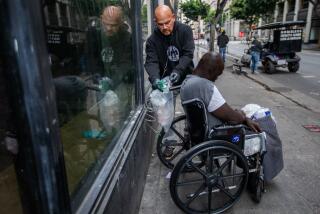More on Bystander CPR
- Share via
The article by Allan Parachini, “For CPR, It’s an Unfamiliar Role--Under Fire,” in the June 13 edition, was of particular interest to paramedics in the City of Los Angeles. We have had hundreds of cases in which bystander CPR contributed significantly to the patient’s survival. We have also had thousands of cases where patients did not survive because the lifesaving system did not function in a coordinated manner.
Public education in CPR, how to access the emergency care system, and what to do before rescuers arrive are crucial elements in what we have termed the “patient care chain.” The other elements include quick system access, medically defined dispatch protocols, rapid paramedic response, timely defibrillation and drug therapy, and transportation to an appropriate medical facility. One other crucial element is the collection of patient survival data to determine overall system effectiveness. Cardiac arrest survival rates are the yardstick by which Emergency Medical Systems are measured for effectiveness. In our view, each of these elements is critical to the patient’s chances of surviving a cardiac arrest.
Our anecdotal patient-care experiences, involving hundreds of thousands of responses in the City of Los Angeles, suggest that CPR is a valuable adjunct in the treatment of out-of-hospital cardiac arrest provided that it is accompanied by the other crucial elements of the patient care chain. Currently, each of those elements could stand improvement in the City of Los Angeles.
FRED HURTADO,
President
United Paramedics of Los Angeles






